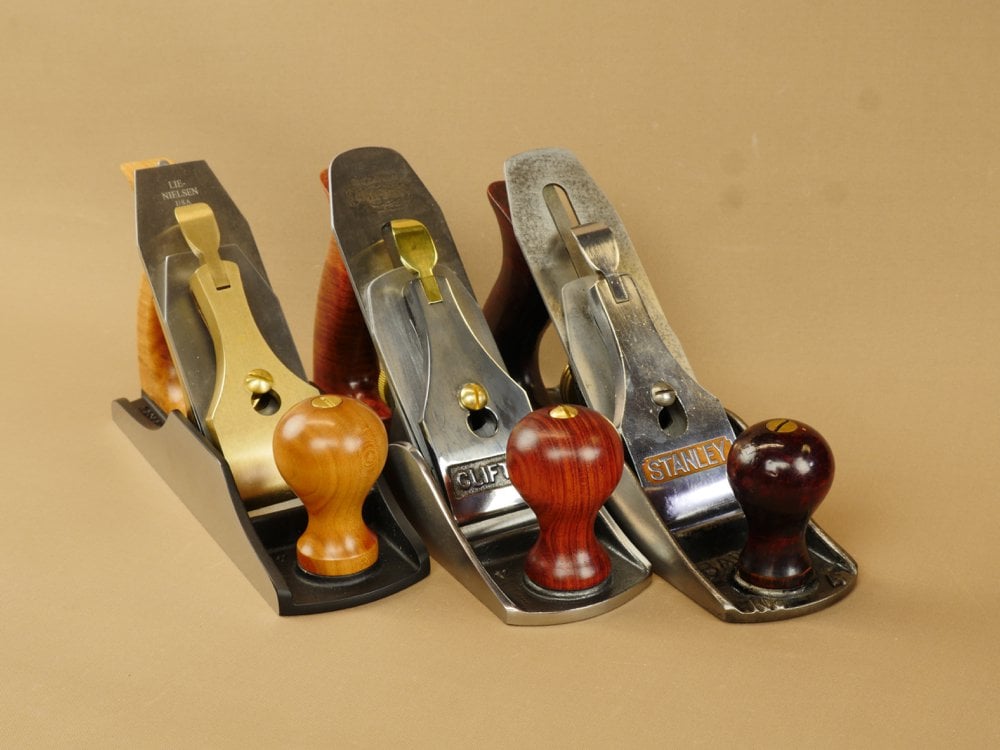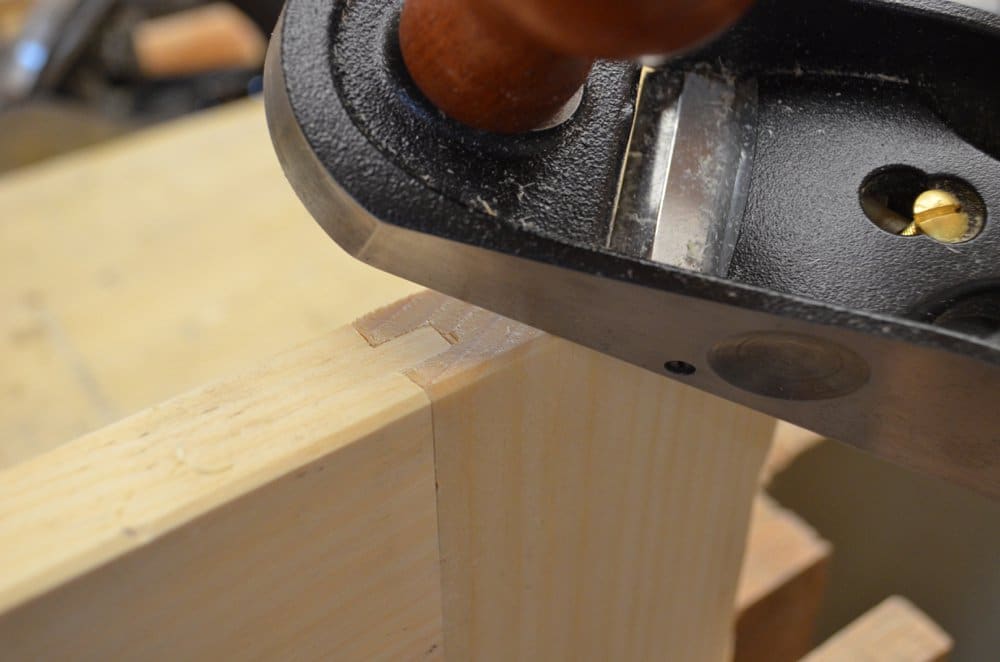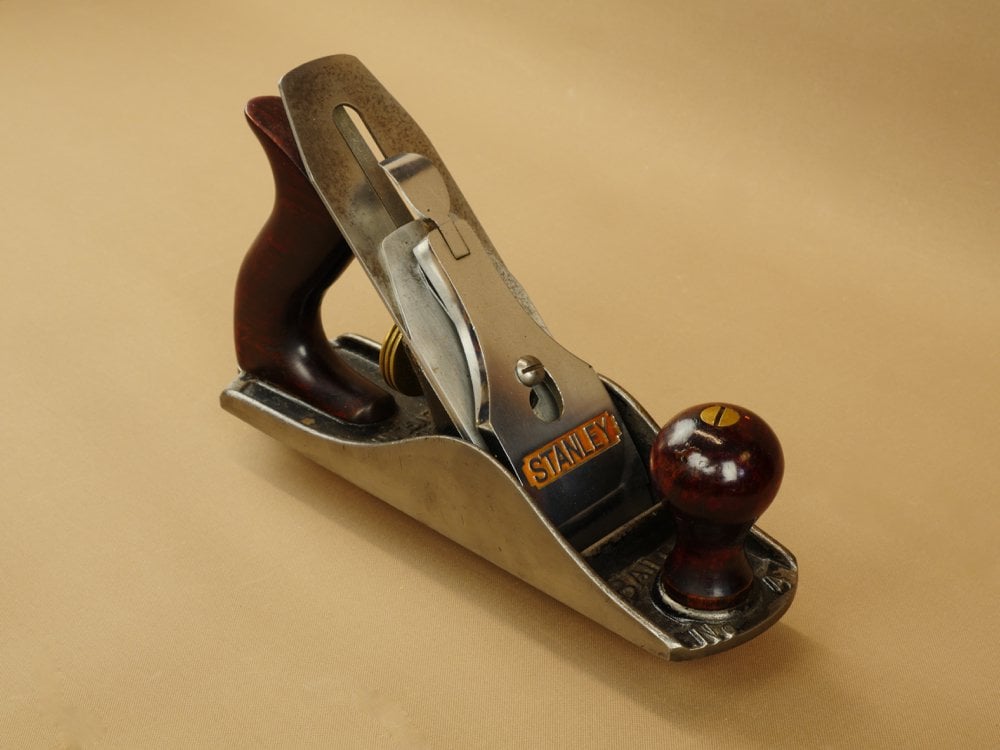Thank you for your plane questions.
For more information on planes, see our beginner site Common Woodworking.

Looking over 300 questions to date helped me to see your anxieties and concerns and thank you so much for taking the time to send them in. I am hoping the answers will unlock some of the issues for ever and be available as a resource no matter where you are in the world, in your woodworking or whatever. Many of the questions are answered in the new book so I am glad for that, but we will pull all of this together and make sure the answers end up bringing clarity for everyone. 



Paul
Do you intend to share the questions? Obviously without the names of the authors.
That last picture of the Stanley floating in air……interesting.
It’s the latest Stanley hover plane. So light it floats on air!!!
Great answer! LOL
I agree, that was hilarious. Thanks Paul looking forward to your new book.
Steve
Paul you are one outstanding man and such a blessing to us who are struggling woodworms. Thank you so much and I pray that you don’t ever get so old you have to quit helping us folks. Your teaching is so easy for me to understand I am a plain and simple older man from Kentucky and don’t need a bunch of stuff that tries to impress me with their intelligence. You are wise and intelligent but you don’t flaunt it and I thank you for that.
Paul, since finding you (on youtube) I’ve replaced the irons in most of my planes with the original Stanley blades and guess what ? they work as well if not better.
Still love my old Clifton No 4 though.
Paul-
Thank you for the inspiration, always.
I wrote here about buying a cheap Buck Bros plane and regretting it.
I was at my parents’ home in New England, which used to be my grandparents’ home, and found, discarded in the basement, most of an old Stanley no 220 Block Plane. It was missing only the front handle and the blade.
So, thanks to your inspiration, I grabbed it, cleaned it, made a front handle out of an old cabinet knob, and bought a nice no 220 blade on ebay from the 1930s for $3. Now it works far far better than the new Stanley 220 I bought a year ago, and miles ahead of the Buck Bros. It feels a bit like how I expect a plane to feel. And it only cost me $3 and some hard work!
Soon I’ll invest in a no 4, but first, perhaps, I’ll need a workbench.
Sorry if this is the wrong place to ask a question, but I’m not sure how the blog works. I just took possession of a Stanley #10 plane. I’m excited to clean it up and use it, but I have a question. The “T” shaped plane iron sets proud of the side of the plane by about 1mm on both sides. The chip breaker is flush with the sides. Is this correct or is the wrong iron in there. Or should I grind the iron so as to make it flush with the wings of the plane.
Leave all as is. This plane is for making rebates and currently, timber framers use it now for levelling, fitting and cleaning up the face of large tenons. The cutter is supposed to protrude slightly so the blade can cut all the way to the edge, unhindered by the sides of the plane. `this effectively gives a relief edge to the cutting iron otherwise with each cut the plane is nudged ever so slightly off line. This leaves the shoulder line or wall out of square. Though it can be used for bench plane work it is not usually done so because though a functionally stout plane, heavy use can break the sides. Better to keep as a rebate plane and find another, a #4 or 4 1/2 for a bench plane.
Thank you. A friend of mine gave me all of her grandfather’s planes, rasps and files because she knew I was a wood worker. I spent years building a power tool shop in my basement and now that I’m in my 50’s I’ve begun to understand the peace, serenity and satisfaction of working with hand tools. I’ve got Stanley #2 scrub plane, #3 and #4 smoothing plane and a #4 that I had converted to a scrub plane before I bought the #2 on ebay. I don’t have a jack plane and I do machine plane a lot of rough timber so I thought the #10 would work as a jack plane, but I will look for a dedicated jack plane on line. I read your article about the corrugated vs smooth bottomed planes, so I will look for a smooth bottom plane. Thank you again, your videos have been a real inspiration.